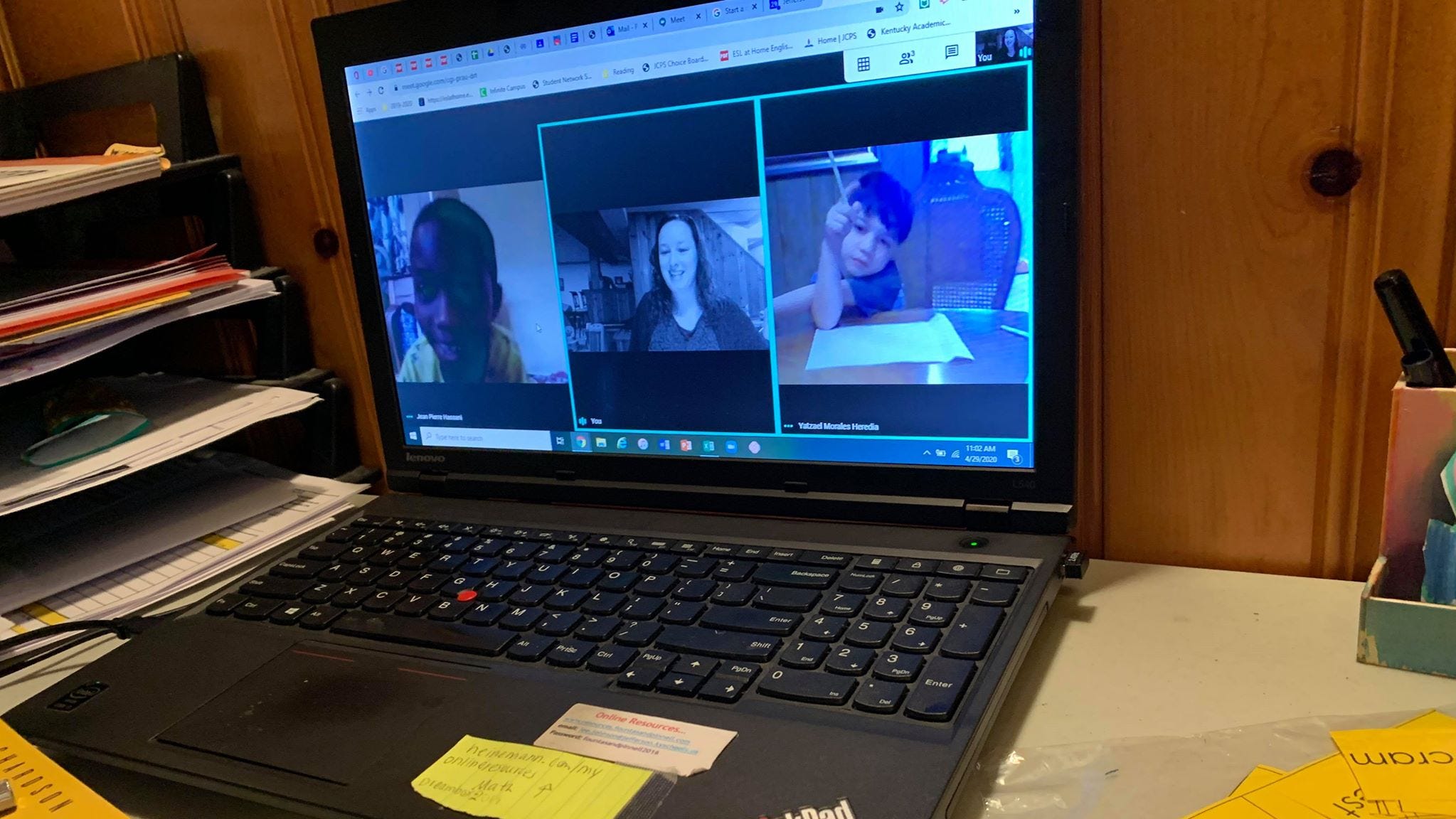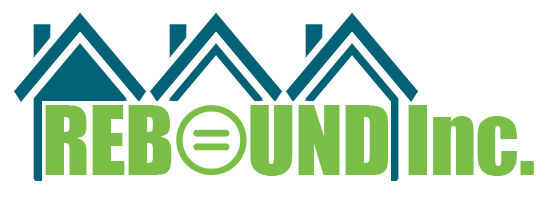There are glaring equity issues based on the type of remote learning platform school districts choose, and their decision could be a game changer.
As many parents question how they will be able to manage working while their children are schooling from home, most do not realize that depending on where you live in the country, children and parents may have very different experiences.
School districts providing remote learning for students can create their own virtual experience or decide to contract with a learning management system that specializes in distance learning. The former and cheaper option may include using basic connection and organizing platforms like Zoom or Google Classroom to connect with students.
Many districts utilized this model at the end of the 2019-2021 school year when they were quickly forced into a remote learning environment due to COVID-19. Students and families were left trying to toggle back and forth between Google Classroom and supplemental educational websites while downloading worksheets and struggling to figure out how to submit work.
There is also a piecemeal approach where a district can elect to utilize the common connection tools previously described as well as a basic package offered by a virtual platform provider, which allows access to coursework — essentially curriculum. This option will require teachers, staff and students to manage the coordination aspects of navigating between various systems.
The more costly option for remote learning would require districts to pay for a contract with a remote learning management system. These systems vary widely in price, quality and academic and social emotional experience. Most include self-guided learning with synchronous (real-time instruction with a teacher) and/or asynchronous (students are able to access instruction based on their availability) learning options.
Some virtual learning platforms include tools to identify achievement gaps and create individualized plans for learning, language technology to assist English Language Learners and assistive technology to support students with disabilities.
Additionally, platforms many provide onboarding opportunities to train teachers, students and families/academic coaches how to effectively engage on the platform while offering 24/7 support staff, while others do not.
Districts will have to make tough decisions about what they can afford and effectively manage while also trying to navigate the real threats of teachers, staff, students and family members possibly getting sick, dying or being displaced due to the effects of COVID-19.
There are glaring equity issues that will continue to go unaddressed or unprioritized based on decisions regarding the type of remote learning platform that districts choose for their students and the remote learning environments they will offer. Will devices, connectivity and technology assistance be available for every student?
In most cases, students and families will not be able to weigh in on these important decisions. School administrators, teachers and support staff are actively involved in determining what is best for the district and what they can feasibly pull off.
As many of us know, teachers have superhero-type strength and hope, so they are usually up for the challenge, but should they have to be subjected to even more uncertainties of pulling the pieces together when they could have more support based on which platform or package is selected?
Students and families are left waiting to see which hand they have been dealt. Many families will be scrambling to determine if they will be able to afford to pay a teacher or tutor to assist their children while they work, while others will call on their village of family and friends. Some are forming “pandemic pods” and sharing the load, many are considering community learning hubs, while others are just trying to survive and waiting to be thrown a lifeline.
Many parents of students who are ready to start their K-12 journey cannot fathom their children starting kindergarten remotely — electing to delay their start — hoping they can start in person next school year. And students who are ready to prematurely end their K-12 experience, and may be more inclined to drop out with distance learning, will need a lot of support and intentionality built into their remote learning experience in order to keep them engaged.
Add students who will check out (minimally engaged) or never be “found” by their school district to the list. It is difficult to estimate those numbers; however, more than likely, they will be highly correlated with the type of remote learning experience they are exposed to and the amount of wraparound support they (and their families) will/not be receiving during the school year.
Considering all of the known and anticipated factors, academic outcomes for this strange and unprecedented school year will basically boil down to which districts decide to invest in their students and support their teachers and families. The lasting impacts of these decisions can uplift or destroy communities across the nation.
When given the opportunity, families and teachers will choose what is right/best for them, but many will not have the time or energy to tell their respective school districts which remote learning experience they would like to have.
Board of Education members will be forced to vote between what is most fiscally responsible for their district or futurely beneficial for their students and communities — especially the ones that many school districts were already failing before the pandemic.
Students, parents, teachers and community partners can help to influence these decisions by being aware of what is on the table and how drastically different remote learning can look depending on which decision is made.
Some recommended questions for parents and community partners to ask include: How does the selected remote learning platform provide assistance to students, teachers and families? How often are those supports available throughout the day/week? How will students’ individual needs be met? How will learning gaps and gifted assessment tools be incorporated into the platform being used, and do you have data to support successful outcomes? Will you share the data to support the successful implementation of the remote learning platform of choice? How effective has the platform been for English Language Learners and students with disabilities? How engaging is the platform for students? What do student and teacher reviews have to say about the platform?
No platform or choice will be perfect for everyone, but there are prominent disadvantages to students and teachers if the remote learning platform does not support learning in a robust and direct manner. Frustrations are already heightened for many due to the pandemic — add tech and connectivity issues that are inevitable in this new learning environment — and it becomes clear that a trusted remote learning platform is extremely important.
This decision could be a game changer for all of the families who will be trying to manage their own jobs and their children’s academic journeys at the same time. The most dependable, reliable systems will be highly coveted and should not only be available to those who can afford to pay for them. We hope that our district will be able to free up the funds to do what is right for our children and to help us all get behind our students and teachers in a way that best helps us all to not only survive this pandemic, but maybe even thrive.
Kish Cumi Price, Ph.D, is director of Education Policy and Programming with the Louisville Urban League.
Source: Remote learning: What parents should know and how it could impact kids






